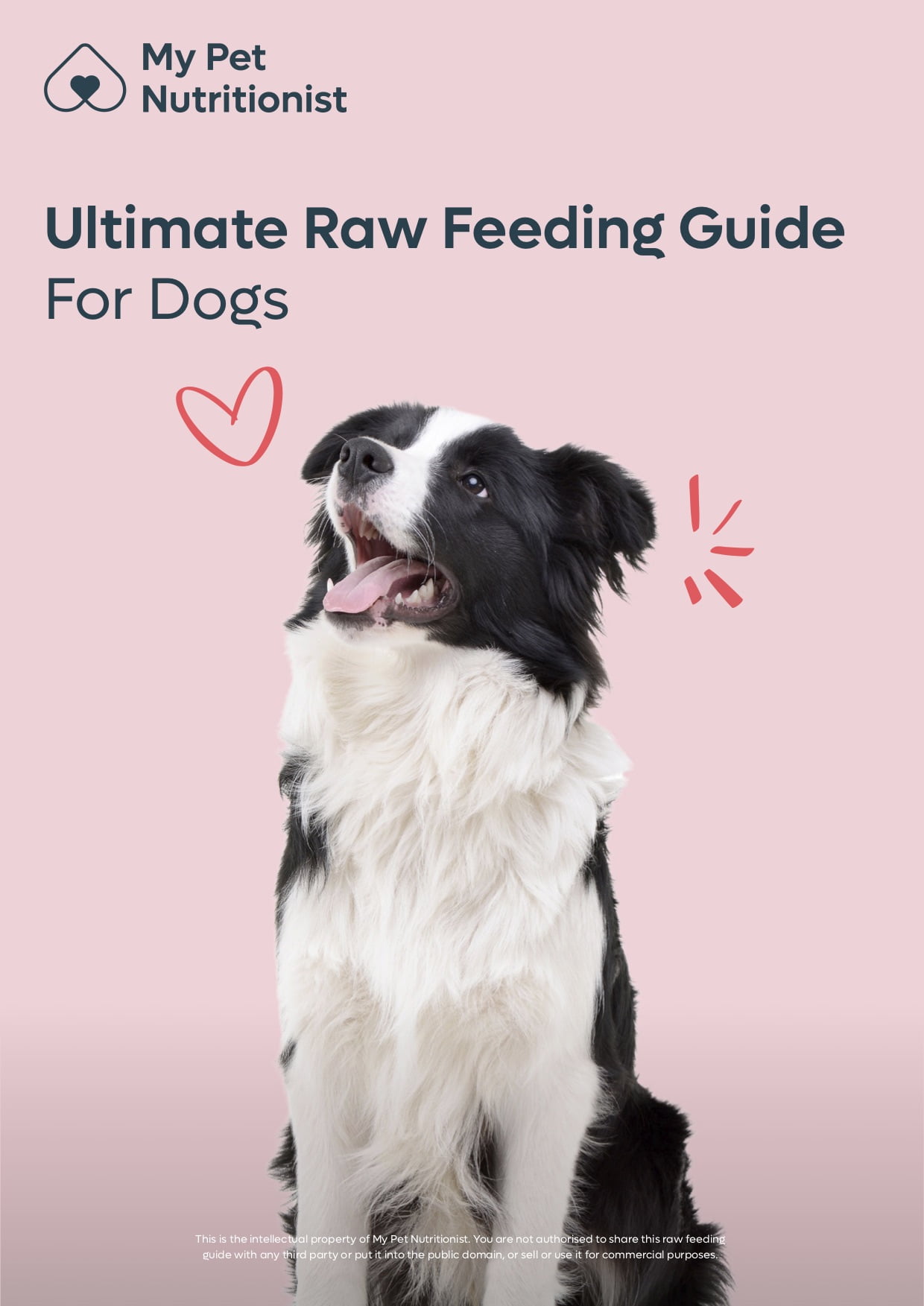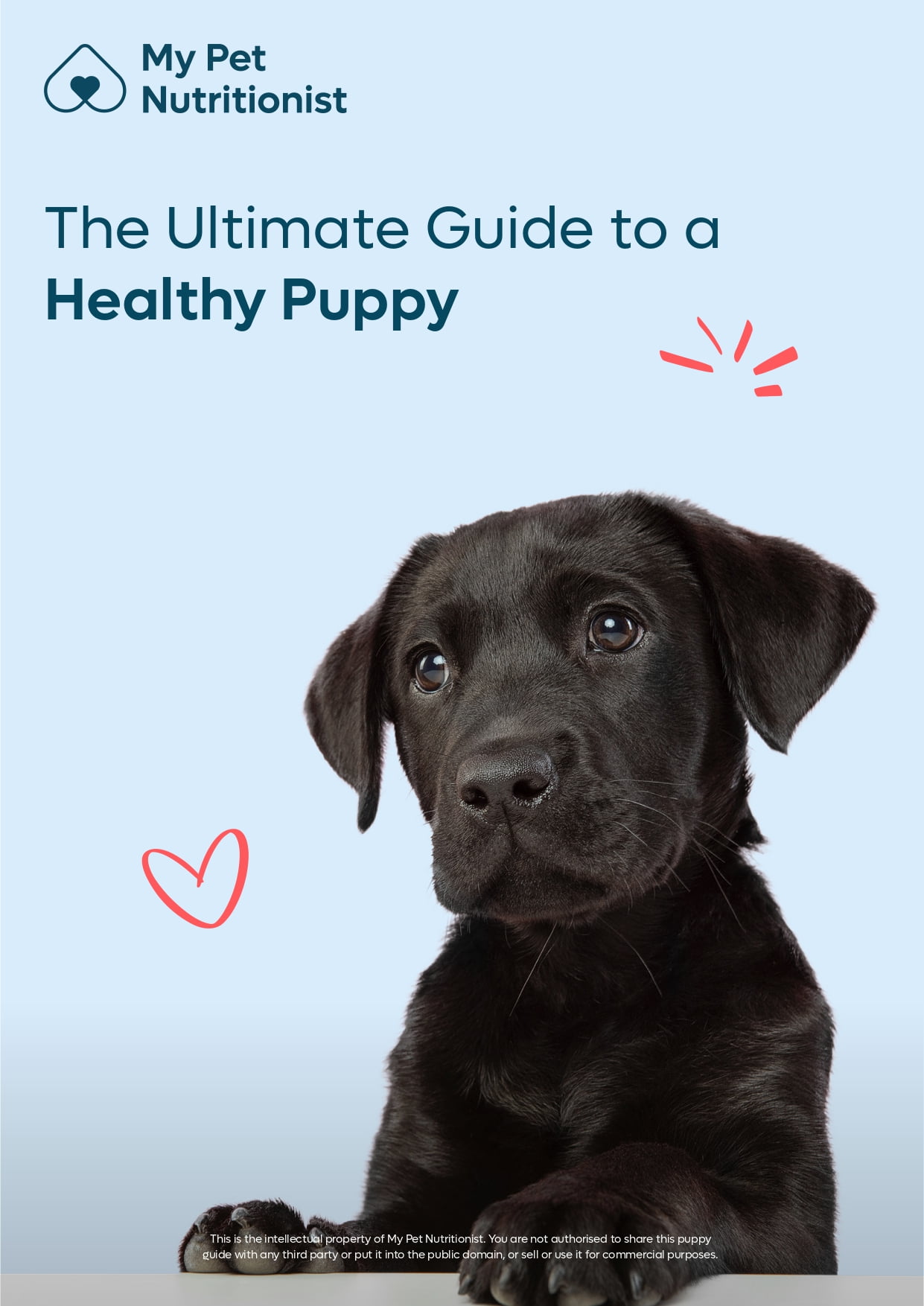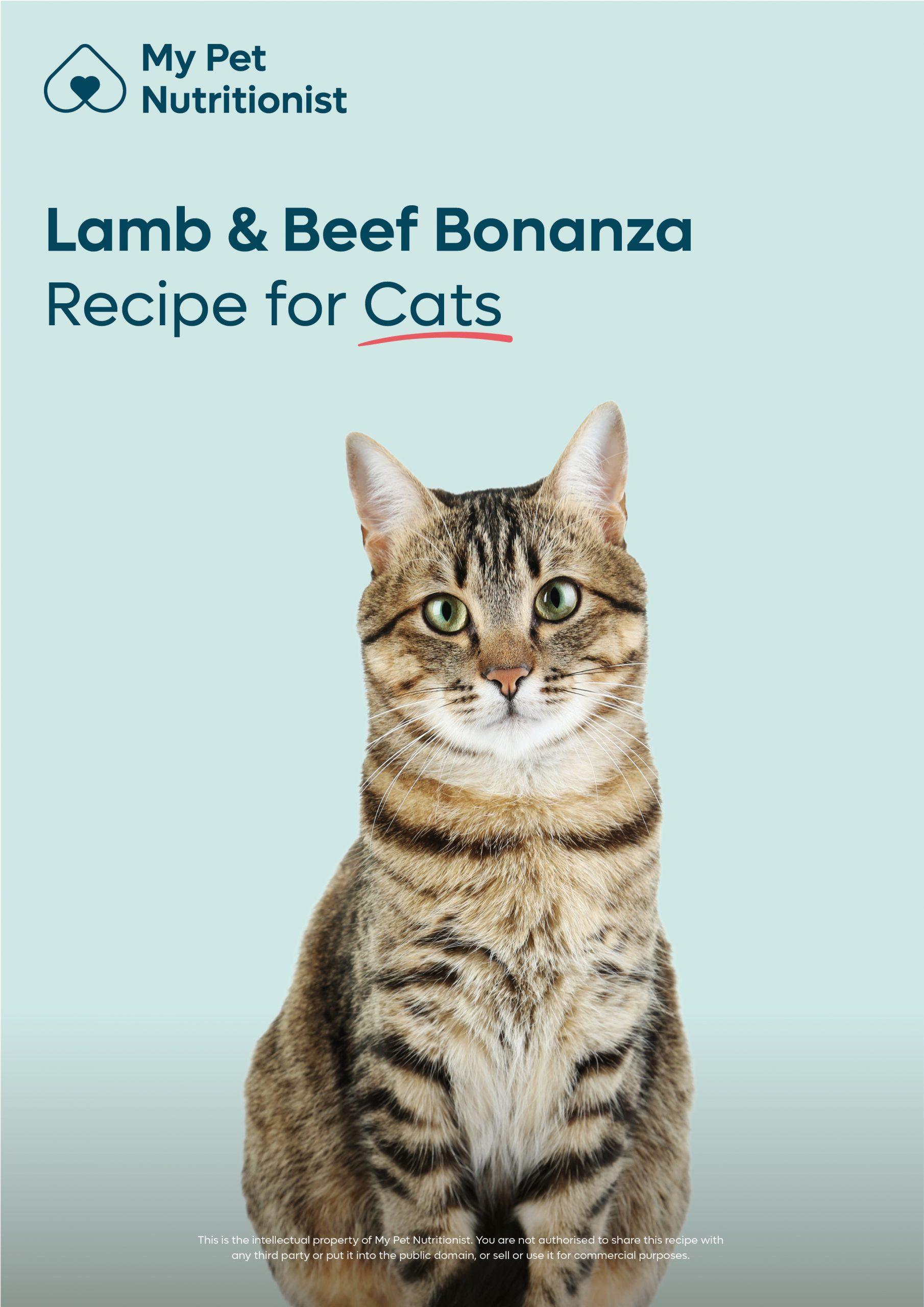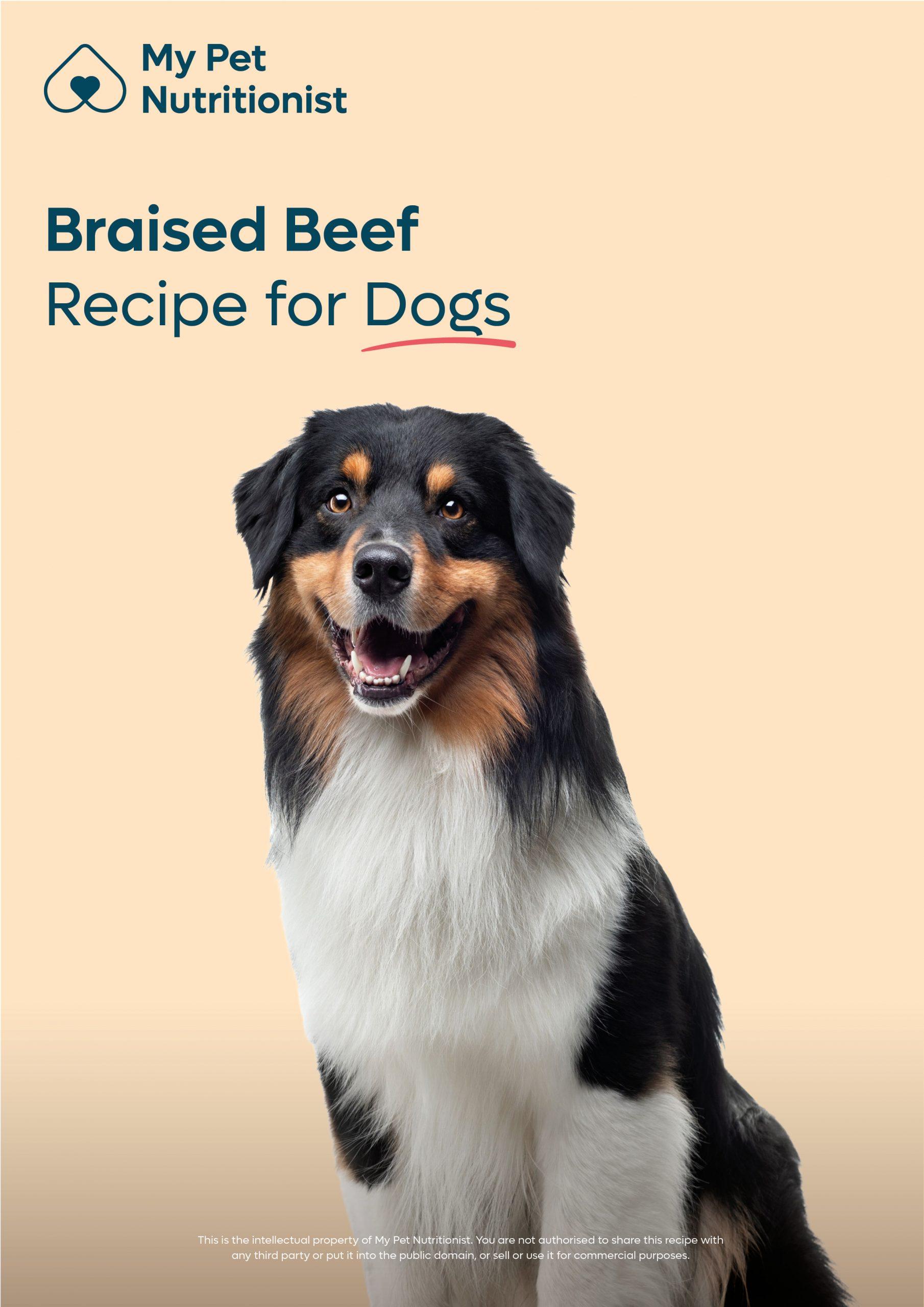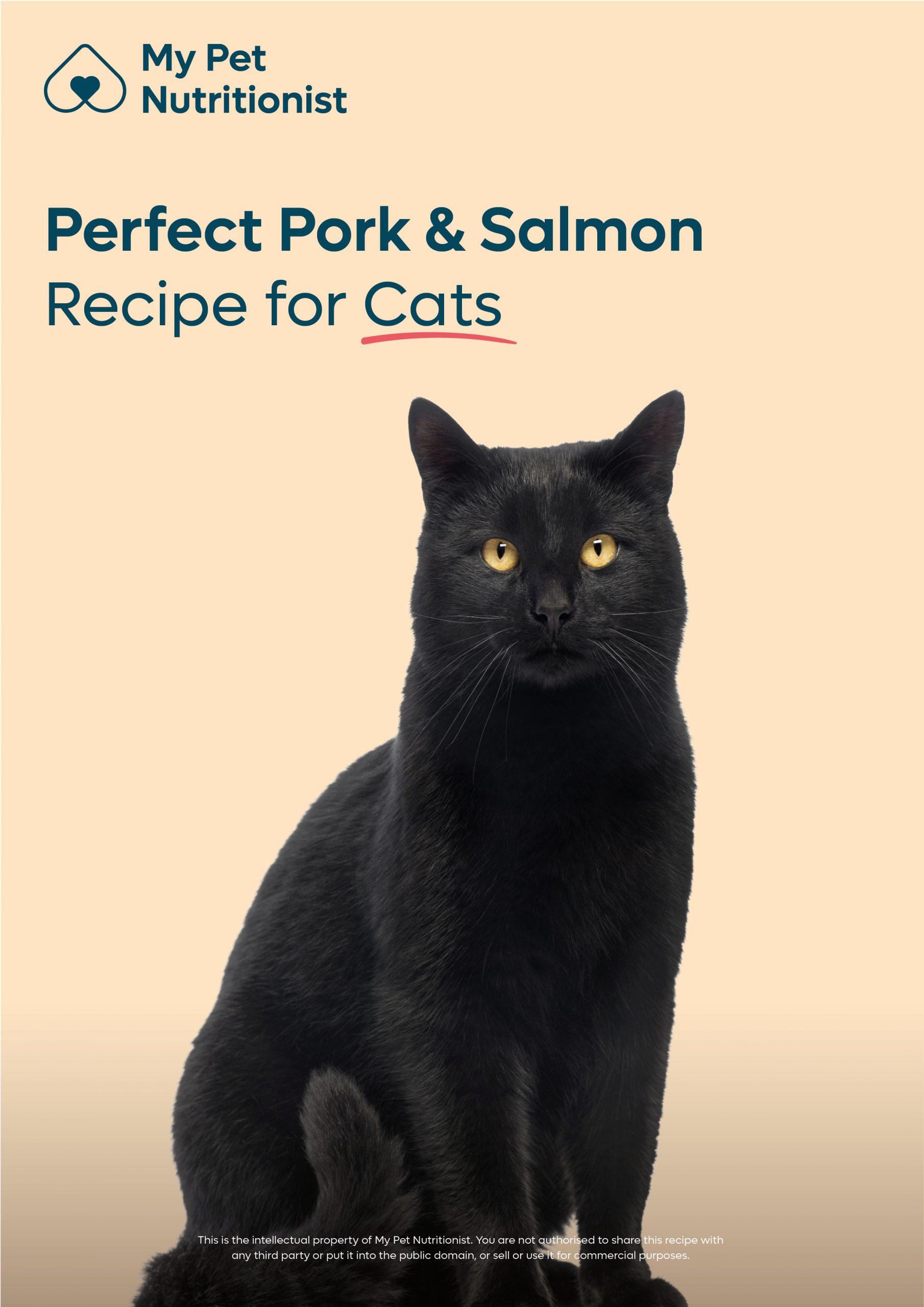-
£19.99

6 Things All Pet Owners Should Have In Their Cupboards
- September 12, 2022
- 5 mins 40 secs
Caring for our pets can become a bit of a minefield – the more we know, the more we realise there is so much more to know! We thought we’d share 6 of the things we think every pet owner should have in their toolkit.
Slippery Elm
Slippery elm is a deciduous tree found in forests of the eastern half of the USA and Canada.
Slippery Elm is related to the American Elm (ulmus americana) and is sometimes called Red Elm or Moose Elm. It is best used in the digestive tract, where it serves as a soothing, protecting and lubricating demulcent and general astringent at the same time. It creates a mucilage lining where it soothes the passage of food, inflammation and is believed to protect and heal the mucosal lining.
The inner bark of the Slippery Elm is not only packed with nutrients like vitamins A, B complex, C, K, calcium, magnesium and sodium, but it is thought to have a number of properties including:
- Demulcent – when mixed with water, it results in a sticky substance known as mucilage. Demulcents are often referred to as mucoprotective agents and this is why slippery elm is often used to soothe the lining of the digestive tract. It is a common addition when tackling acid reflux.
- Laxative – data has suggested that slippery elm can enhance bowel movements.
- Urinary health – slippery elm has been seen to calm the irritation and inflammation associated with urinary infections.
- Antioxidant capacity – slippery elm contains tannins which display strong antioxidant capacity and protection against reactive oxygen species.
- Anti-inflammatory – mice models have demonstrated anti-inflammatory effects in the stomach and intestines. In addition, slippery elm has been seen to influence immune system activity.
- Skin health – the phenolic compounds found in slippery elm have been seen to modulate inflammatory skin disease.
Use with Caution:
- if allergic to elm trees
- in pregnancy
There is also the suggestion that as slippery elm coats the digestive tract, it could prevent absorption of other medication or herbs; sometimes it may be advised to offer slippery elm at different times to others.
Sadly, the tree is declining so slippery elm should be reserved for circumstances where alternatives are ineffective. In many instances slippery elm can be substituted with plantain (Plantagosp.) If a more mucilaginous remedy is needed, marshmallow root (Altheaofficinalis) is an excellent alternative. Sustainable sources should always be sought after.
Probiotics
Probiotics are live microorganisms that provide health benefits to the host when ingested in adequate amounts. They are not to be confused with prebiotics which are selectively fermented ingredients that result in specific changes in the composition and/or activity of the gut microbiota. Synbiotics are products that contain both.
Probiotics are live microbes that can be formulated into many different types of products from food to supplements. The most common probiotics you’ve come across will likely be lactobacillus and bifidobacterium.
They are reported to suppress diarrhoea, exhibit antimicrobial activities, reduce irritable bowel symptoms, prevent inflammatory bowel disease and support gut integrity and overall health.
The more we are learning about probiotic use, the more we are realising that the benefits associated are bacterial strain specific. What this means is the devil is in the detail.
In addition, to function as a probiotic, the bacteria must:
– Survive the acid and bile in the GI tract
– Adhere to intestinal cells or colonise areas within the tract
– Exclude pathogenic adherence
– Produce acids, or other compounds which antagonise the growth of pathogens
– Be safe, non-invasive, non-carcinogenic and non-pathogenic
The primary bacterial populations included in probiotics that have been seen to benefit both cats and dogs are lactic acid bacteria, especially lactobacilli, bifidobacteria, and enterococci.
– Enterococcus faecium (two strains)
– Lactobaciullus acidophilus
– Bifidobacterium animalis
However, Lactobacillus rhamnosus is also known to be of benefit to dogs, as is saccharomyces boulardii.
Why Probiotics Are Good For You and Your Dog
Colloidal Silver
Silver is recognized to have antimicrobial activity. There are three main ways in which it achieves this.
Firstly, silver cations can form pores and puncture the bacterial cell wall by reacting with the peptidoglycan component.
Secondly, silver ions can enter into the bacterial cell, both inhibiting cellular respiration and disrupting metabolic pathways resulting in generation of reactive oxygen species.
Lastly, once in the cell silver can also disrupt DNA and its replication cycle.
For these reasons, colloidal silver can have many uses.
Clay
Bentonite clay can be interchangeably referred to as Montmorillonite clay and are both regarded as an absorbent aluminium phyllosilicate clay from the Smectites family.
They are both named after regions they come from but in nature they have the same structure and have a much higher absorption capacity than other clays found in nature and on the market.
It has been used and eaten since ancient times as humans believed in its therapeutic benefits.
Due to many skin issues arising from immune reactions and toxicity, Bentonite can be calming and cooling both applied internally and externally. Internally, Bentonite clay has proven to remove many different bacteria and fungi, including candida albicans, that can lead to skin issues.
Applied externally (clay being wet and made into a paste) can help hotspots, wounds, calm itching and help fungal infections.
Bentonite clay has for a long time been considered as an effective treatment for diarrhoea, IBS and IBD too.
A trial in 1961, was shown that orally administered bentonite treated 97% of cases with different causative factors of diarrhoea. These being virus, infection, food allergy, spastic colitis, mucous colitis, and food poisoning.
In addition, Bentonite clay is negatively charged and so manages to attract and pull out toxins that by nature are positively charged.
Leucillin
Leucillin is an anti-bacterial, anti-viral and anti-fungal solution which has many uses.
It is a solution containing HOCl (hypochlorous acid).
HOCl is an endogenous substance in all mammals and is effective against a broad range of microorganisms.
Neutrophils, eosinophils, mononuclear phagocytes, and B lymphocytes produce HOCl in response to injury and infection through a mitochondrial membrane–bound enzyme. HOCl selectively binds with the unsaturated lipid layer and subsequently disrupts cellular integrity.
HOCl has been shown to inactivate a variety of viruses and has also shown to be an effective agent in reducing wound bacterial counts in open wounds.
Bone Broth
Bone broth is a liquid containing brewed bones and connective tissues.
Bones themselves are rich in vitamins and nutrients, including calcium, magnesium, and phosphorous. In addition, brewing connective tissue into bone broth provides the body with natural compounds from the cartilage. You will also find collagen and cooking collagen turns it to gelatin, which provides the body with amino acids, which are the building blocks of proteins.
We often find the amino acid glutamine in bone broth and glutamine has been found to play a role in supporting gut integrity.
In addition, a 2017 review suggests that both laboratory and animal studies show that gelatin supplementation increases the amount of collagen in the tissues which may help protect the joints from unnecessary stress. Other data has suggested that collagen can improve knee joint symptoms, such as pain, stiffness, and poorer physical function, in humans with osteoarthritis.
Bone broth is also palatable which makes it a great option for fussy eaters, ageing pets or those who are feeling a little under the weather.
Super easy to cook yourself, a slow cooker is your best friend.
Thanks for reading,
MPN Team
Customer Reviews
Explore related products
Related articles
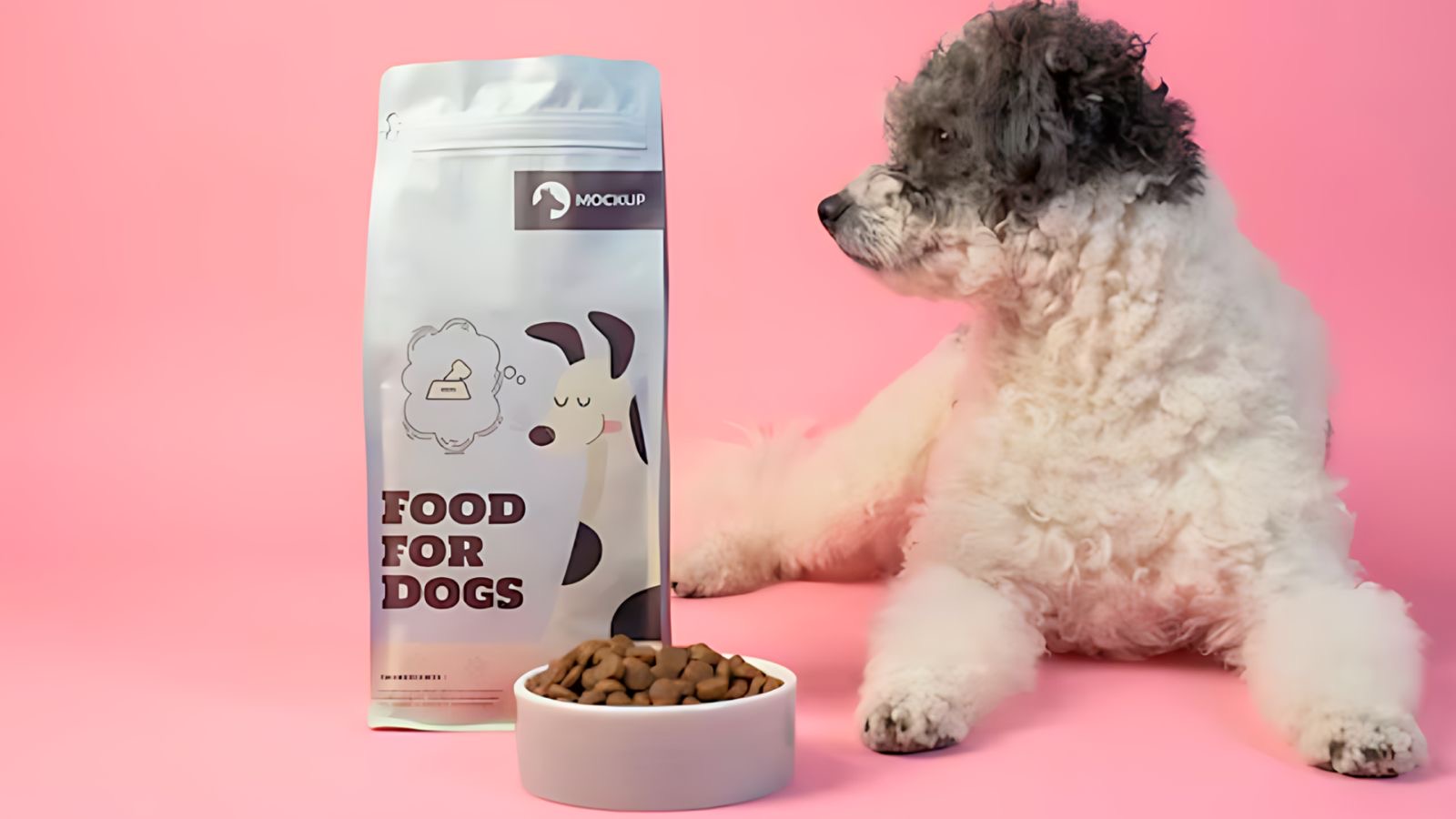
Dietary NeedsGeneral HealthDogs & Cats
Understanding Pet Food Labels
Jun 13 2024
•
8 mins 40 secs

Dietary NeedsGeneral HealthDogs & Cats
The Low Down on Hypoglycaemia in Pets
Jun 06 2024
•
8 mins 25 secs

Dietary NeedsGeneral HealthDogs & Cats
What is Pica, and Does Your Pet Have It?
May 23 2024
•
7 mins 15 secs

Dietary NeedsGeneral HealthDogs & Cats
How to Avoid Environmental Hazardous Exposure in Pets – Part 2
Apr 25 2024
•
16 mins

Dietary NeedsGeneral HealthDogs & Cats
How To Avoid Environmental Hazardous Exposure in Pets – Part 1
Apr 19 2024
•
9 mins 40 secs

Dietary NeedsGeneral HealthDogs & Cats
The Ultimate Guide on Parasites: Part 2 – Internal Parasites
Feb 17 2024
•
16 mins
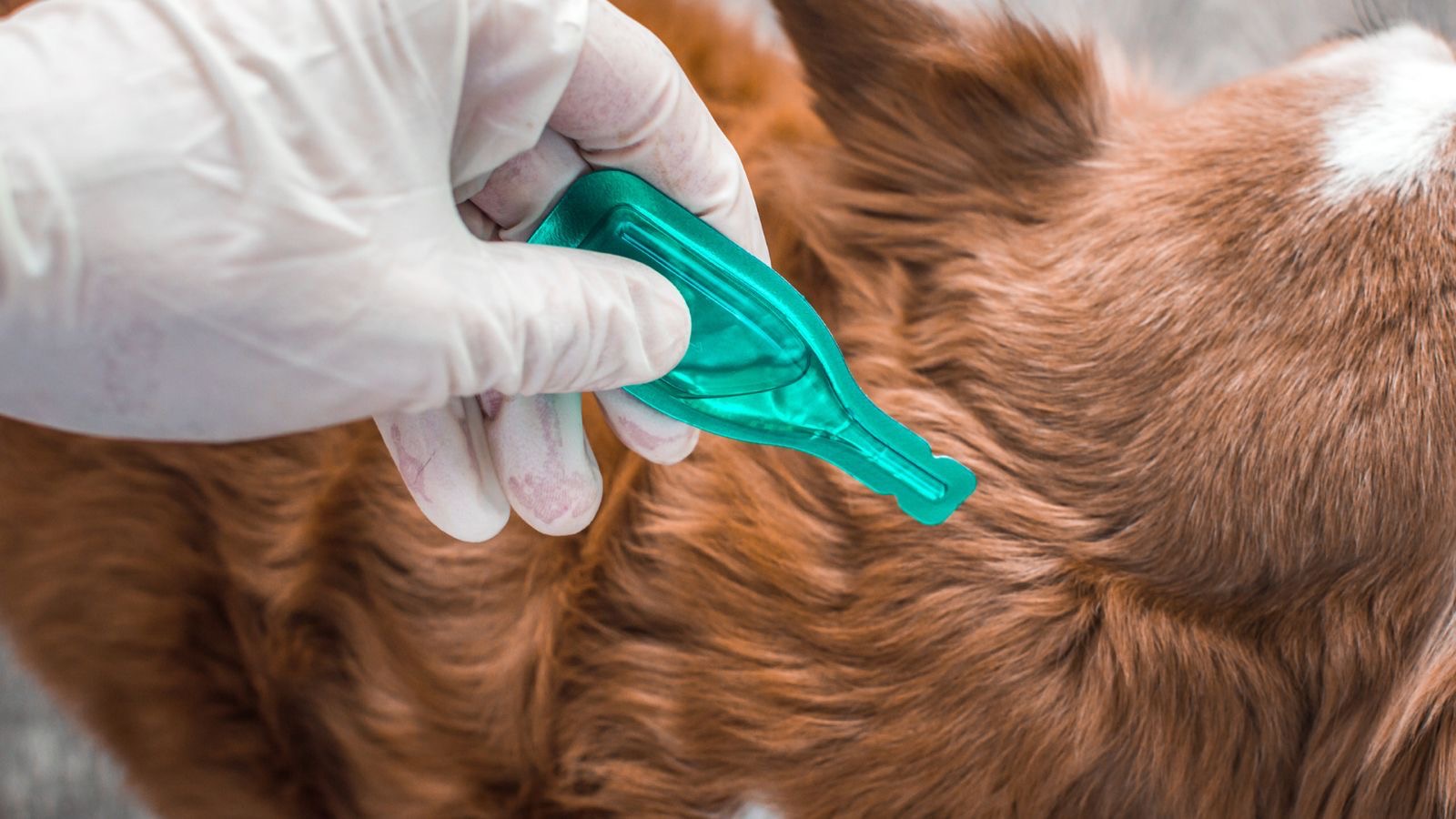
Dietary NeedsGeneral HealthDogs & Cats
The Ultimate Guide on Parasites – Part 1: External Parasites
Feb 16 2024
•
11 mins 40 secs
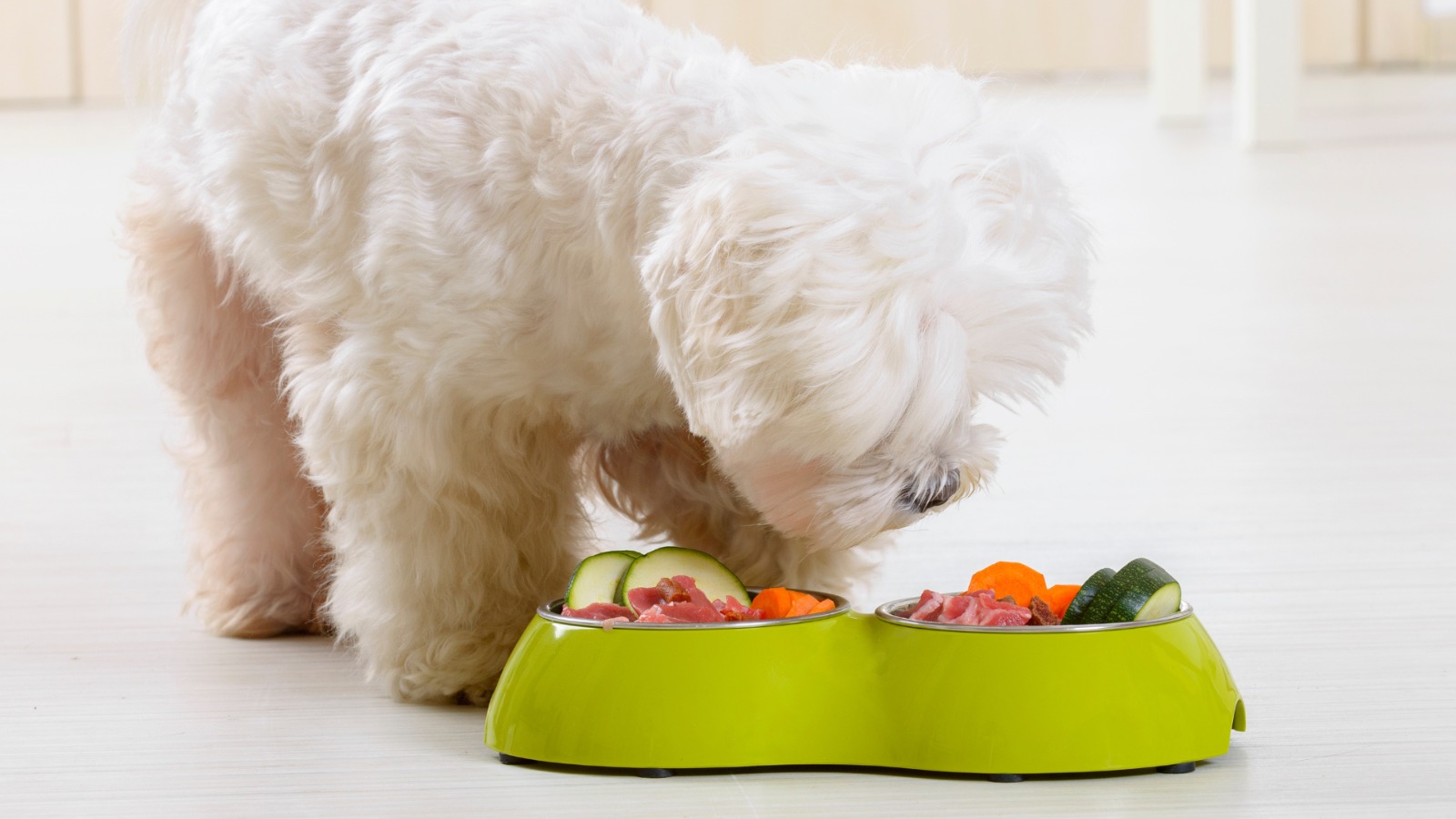
Dietary NeedsGeneral HealthDogs & Cats
Should I Feed Vegetables to my Pet?
Aug 10 2023
•
5 mins 30 secs

Dietary NeedsGeneral HealthDogs & Cats
Help! My Pet Keeps Sneezing!
Jun 30 2023
•
5 mins 45 secs
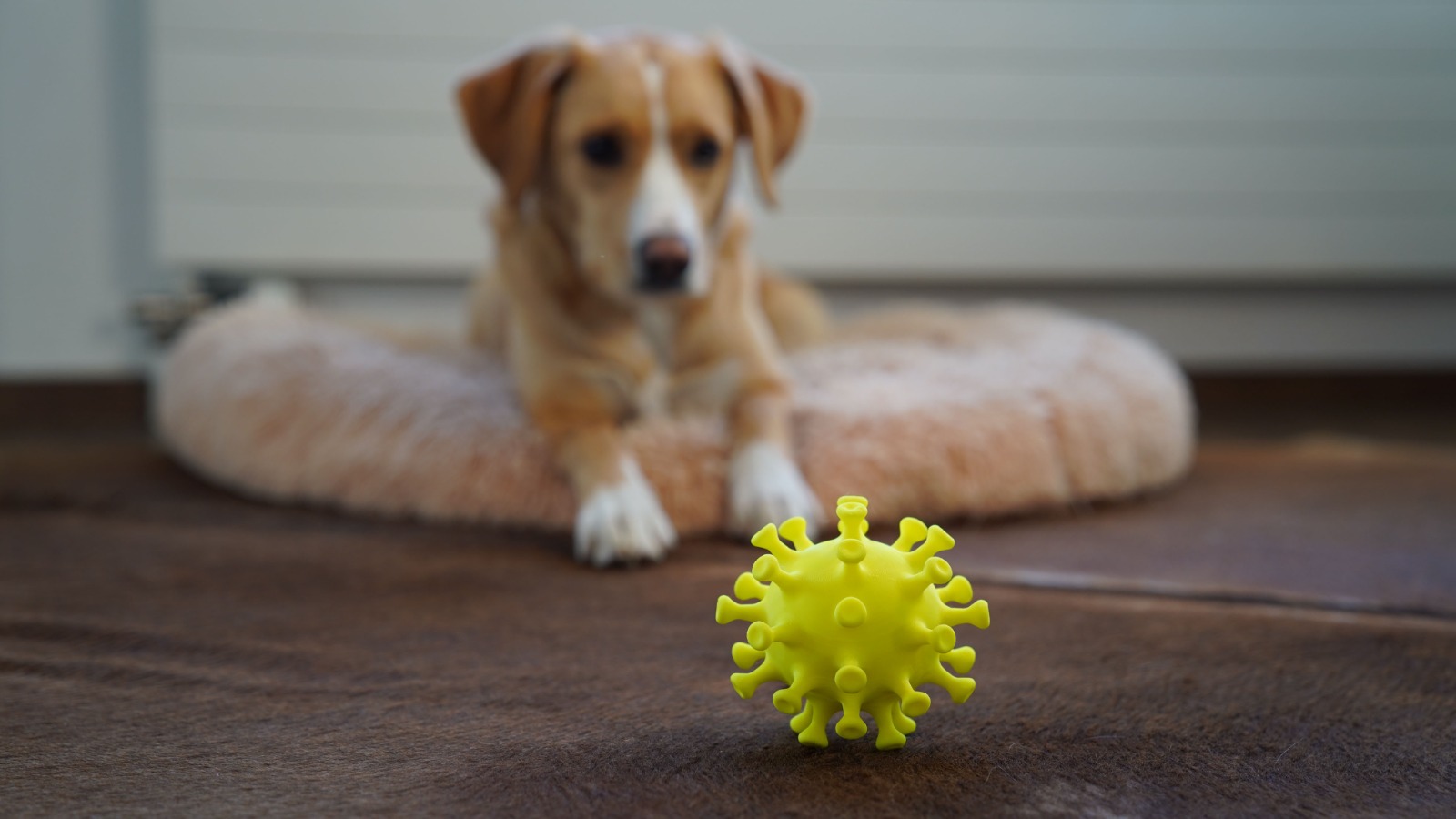
Dietary NeedsGeneral HealthDogs & Cats
5 Cornerstones of Immunity for your Pet
Jun 15 2023
•
6 mins

Dietary NeedsGeneral HealthDogs & Cats
The Importance of Vitamins and Minerals for Thyroid Health
May 05 2023
•
9 mins
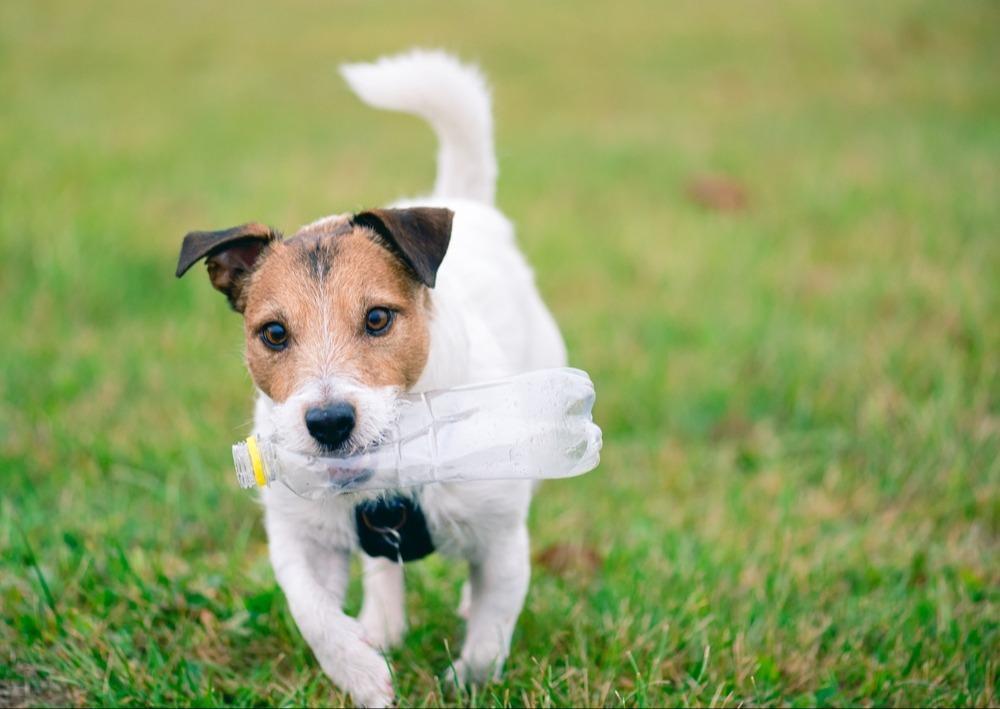
Dietary NeedsGeneral HealthDogs & Cats
How To Choose Safe and Sustainable Pet Products
Sep 26 2022
•
3 mins 30 secs

Dietary NeedsGeneral HealthDogs & Cats
5 Easy Cleaning Solutions For Pet Owners
Sep 26 2022
•
4 mins

Dietary NeedsGeneral HealthDogs & Cats
6 Things All Pet Owners Should Have In Their Cupboards
Sep 12 2022
•
5 mins 40 secs
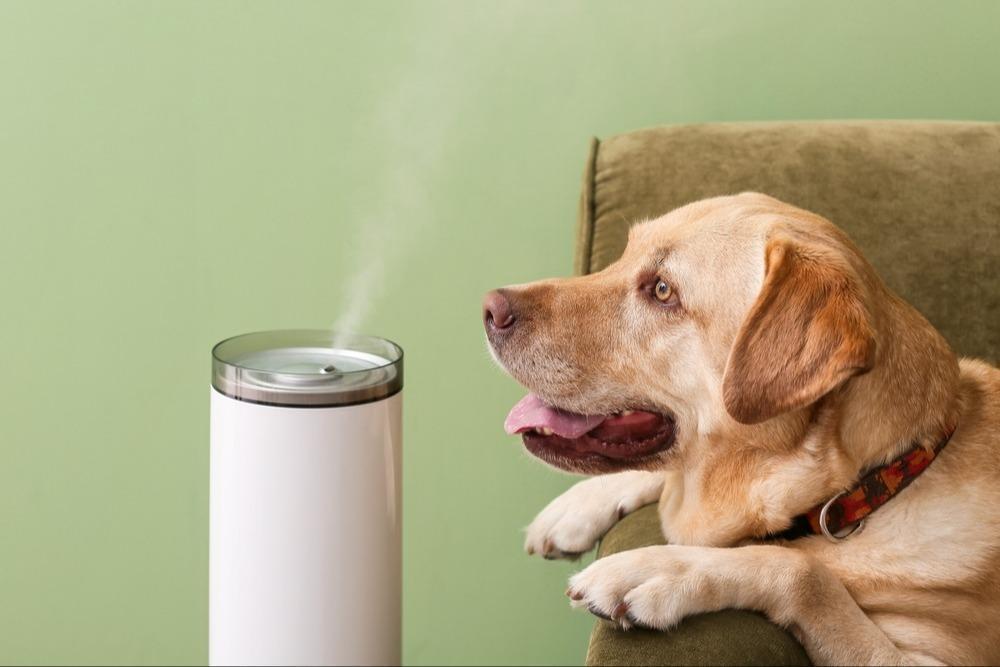
Dietary NeedsGeneral HealthDogs & Cats
How Polluted Are Our Pets?
Aug 30 2022
•
3 mins 30 secs

Dietary NeedsGeneral HealthDogs & Cats
How To Be A Better Pet Owner
Aug 15 2022
•
5 mins 30 mins
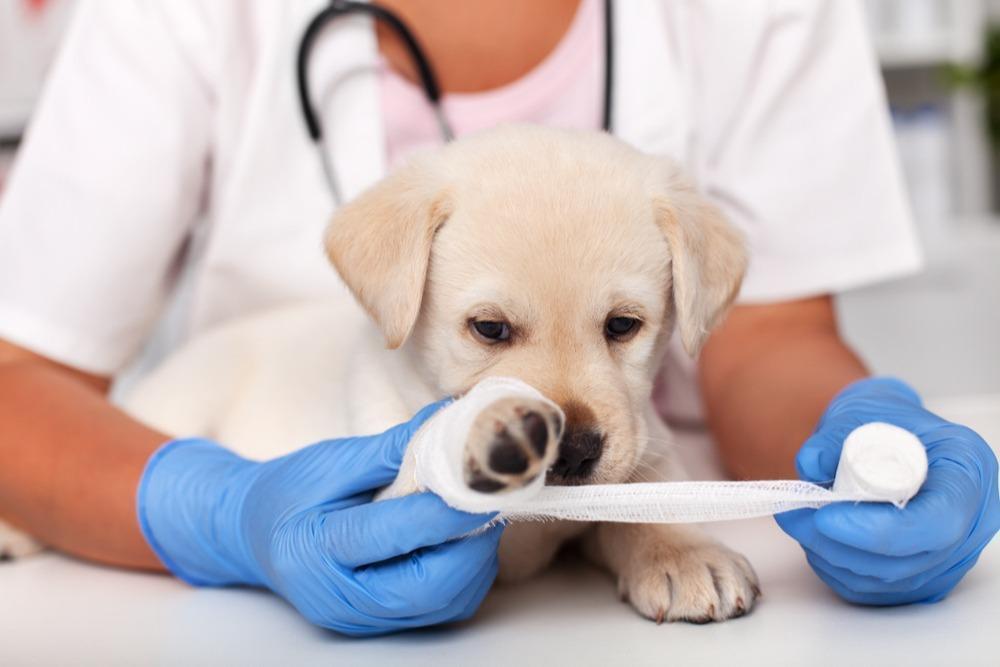
Dietary NeedsGeneral HealthDogs & Cats
Supporting Wound Healing in Dogs
Jul 04 2022
•
4 mins 58 secs
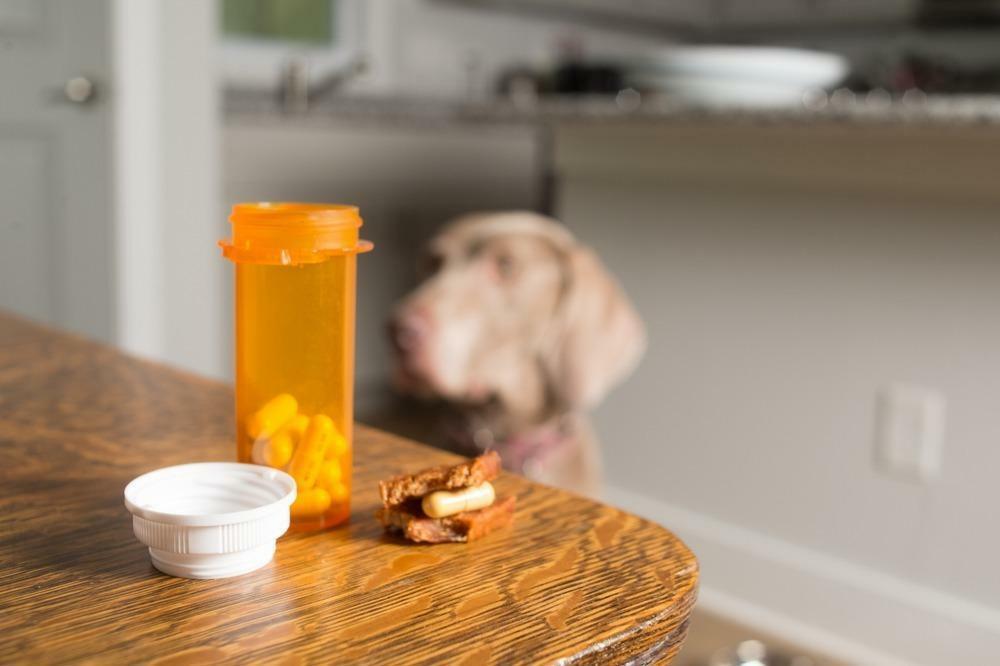
Dietary NeedsGeneral HealthDogs & Cats
How Do Pain Medications Work In Pets?
Jun 08 2022
•
5 mins 54 secs

Dietary NeedsGeneral HealthDogs & Cats
Do We Need to Boost Our Pet’s Immune System?
Feb 15 2022
•
4 mins 42 secs
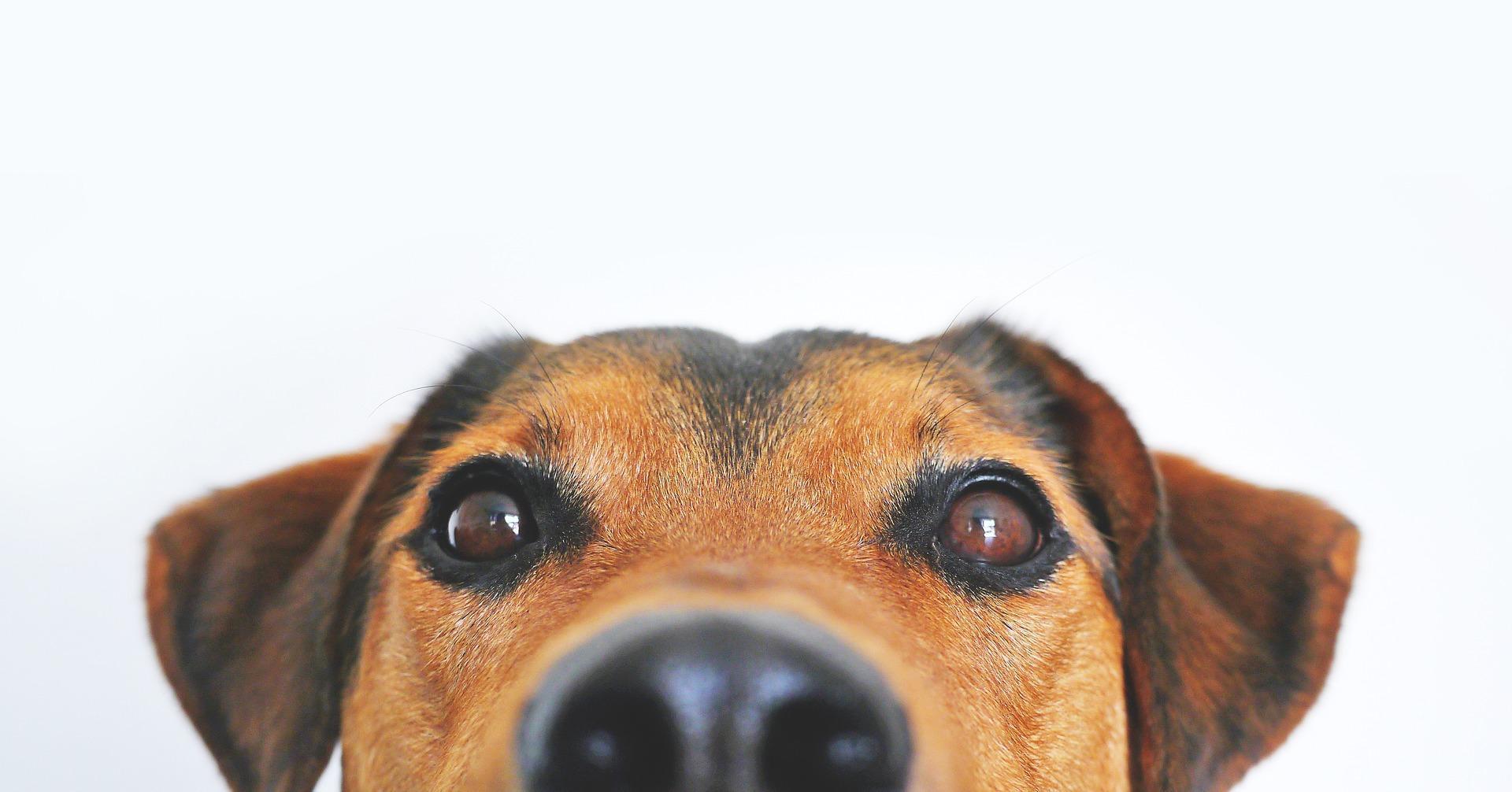
Dietary NeedsGeneral HealthDogs & Cats
The Importance of Iron in Pet Health
Nov 23 2021
•
5 mins 10 secs
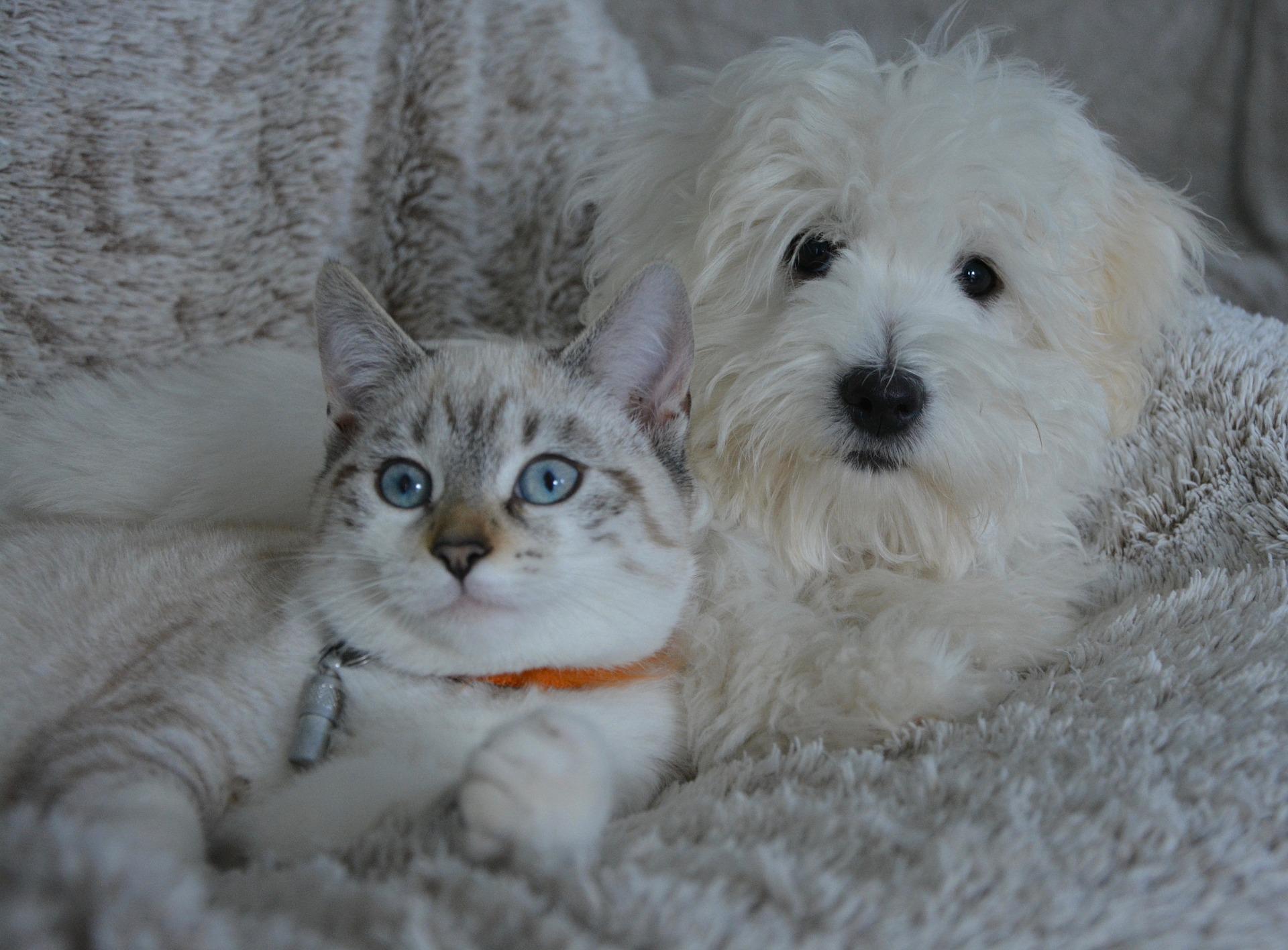
Dietary NeedsGeneral HealthDogs & Cats
Should I Feed My Pet a Vegan Diet?
Nov 09 2021
•
5 mins 6 secs

Dietary NeedsGeneral HealthDogs & Cats
Prebiotics Vs. Probiotics
Nov 01 2021
•
4 mins 17 secs

Dietary NeedsGeneral HealthDogs & Cats
Are We Really That Good At Doing It Ourselves?
Sep 09 2021
•
10 min read

Dietary NeedsGeneral HealthDogs & Cats
Parasites and What You Really Need to Know
May 17 2021
•
9 min read

Dietary NeedsGeneral HealthDogs & Cats
How Nutrition Affects Your Pet’s Genes
Apr 19 2021
•
15 min read
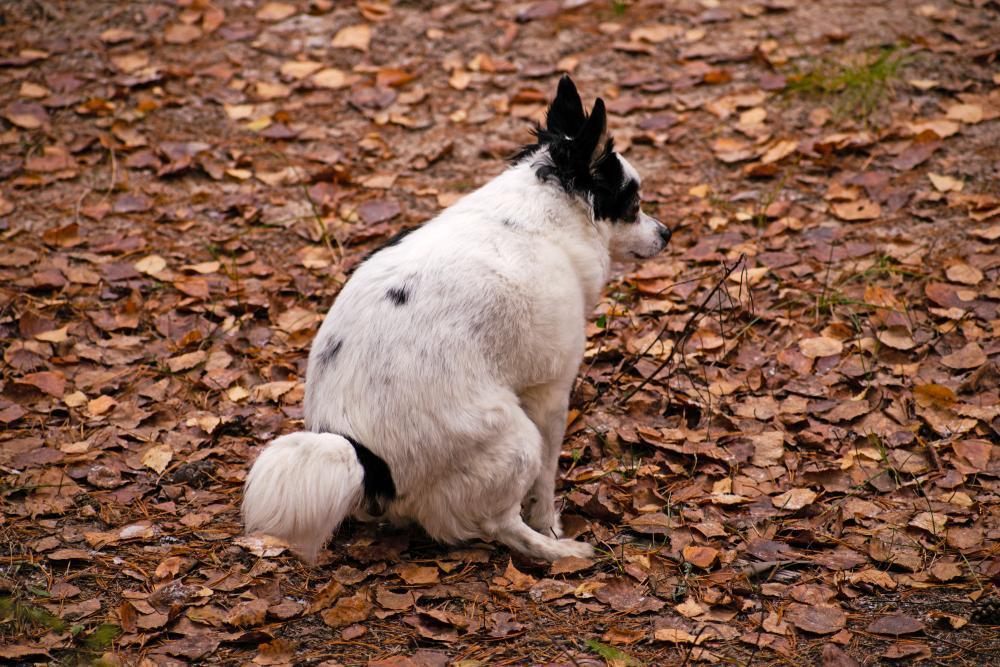
Dietary NeedsGeneral HealthDogs & Cats
Constipation in Cats and Dogs!
Feb 22 2021
•
8 min read
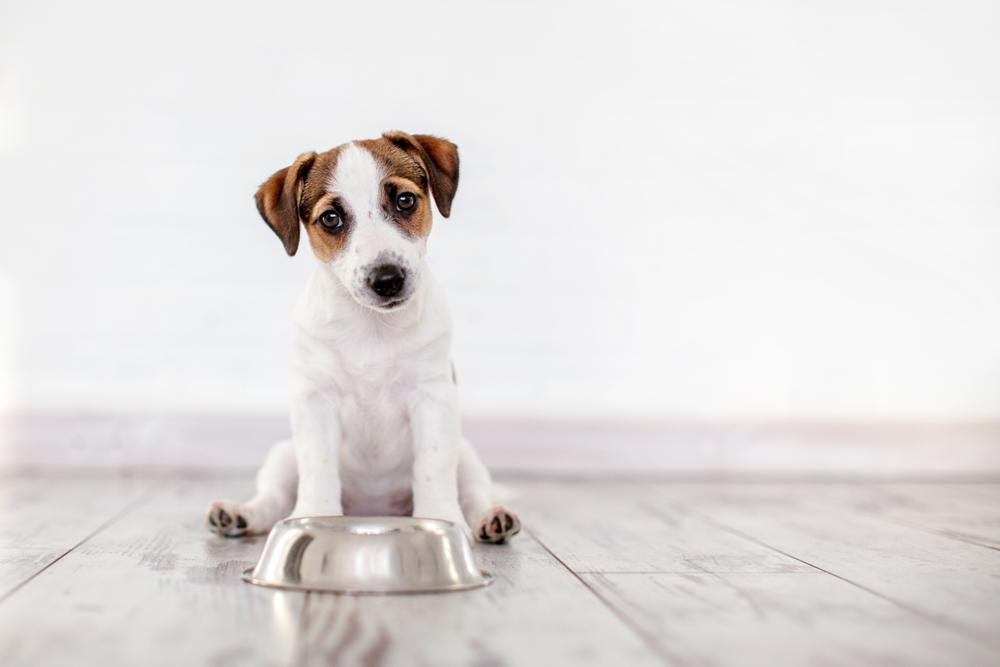
Dietary NeedsGeneral HealthDogs & Cats
What is the best kind of pet food?
Jan 14 2021
•
11 min read
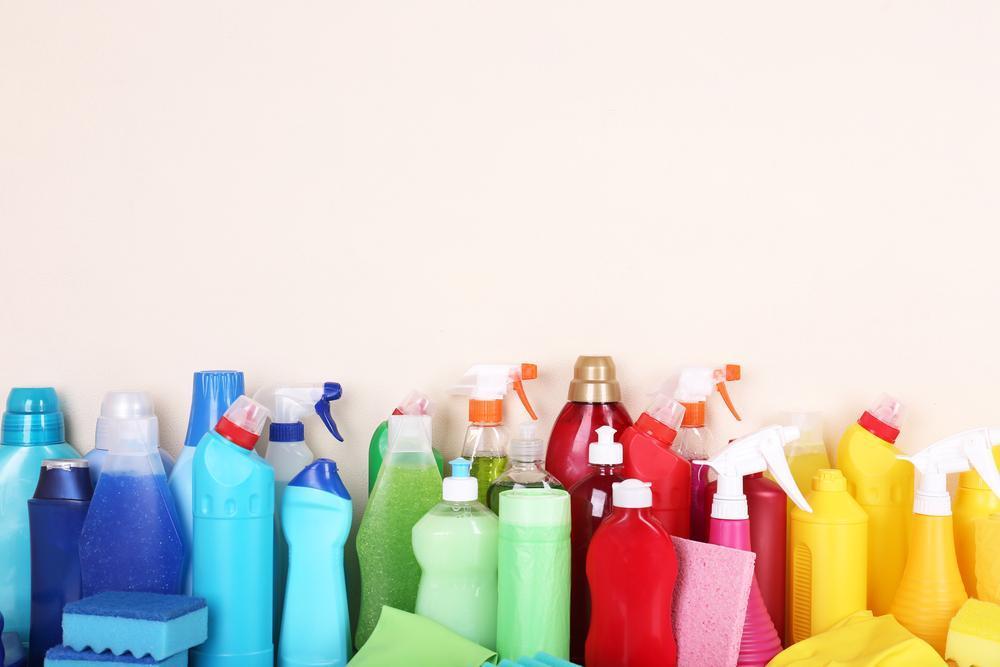
Dietary NeedsGeneral HealthDogs & Cats
Is Your Toxic Home Affecting Your Pet
Dec 28 2020
•
8 min read
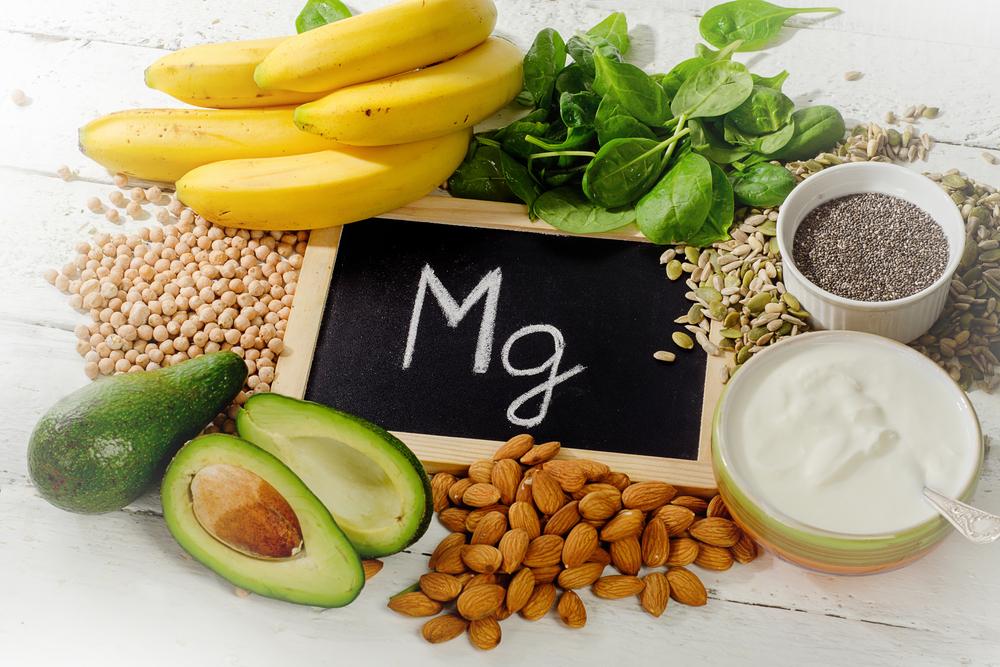
Dietary NeedsGeneral HealthDogs & Cats
Why is Magnesium So Important to Your Pet
Oct 02 2020
•
10 min read
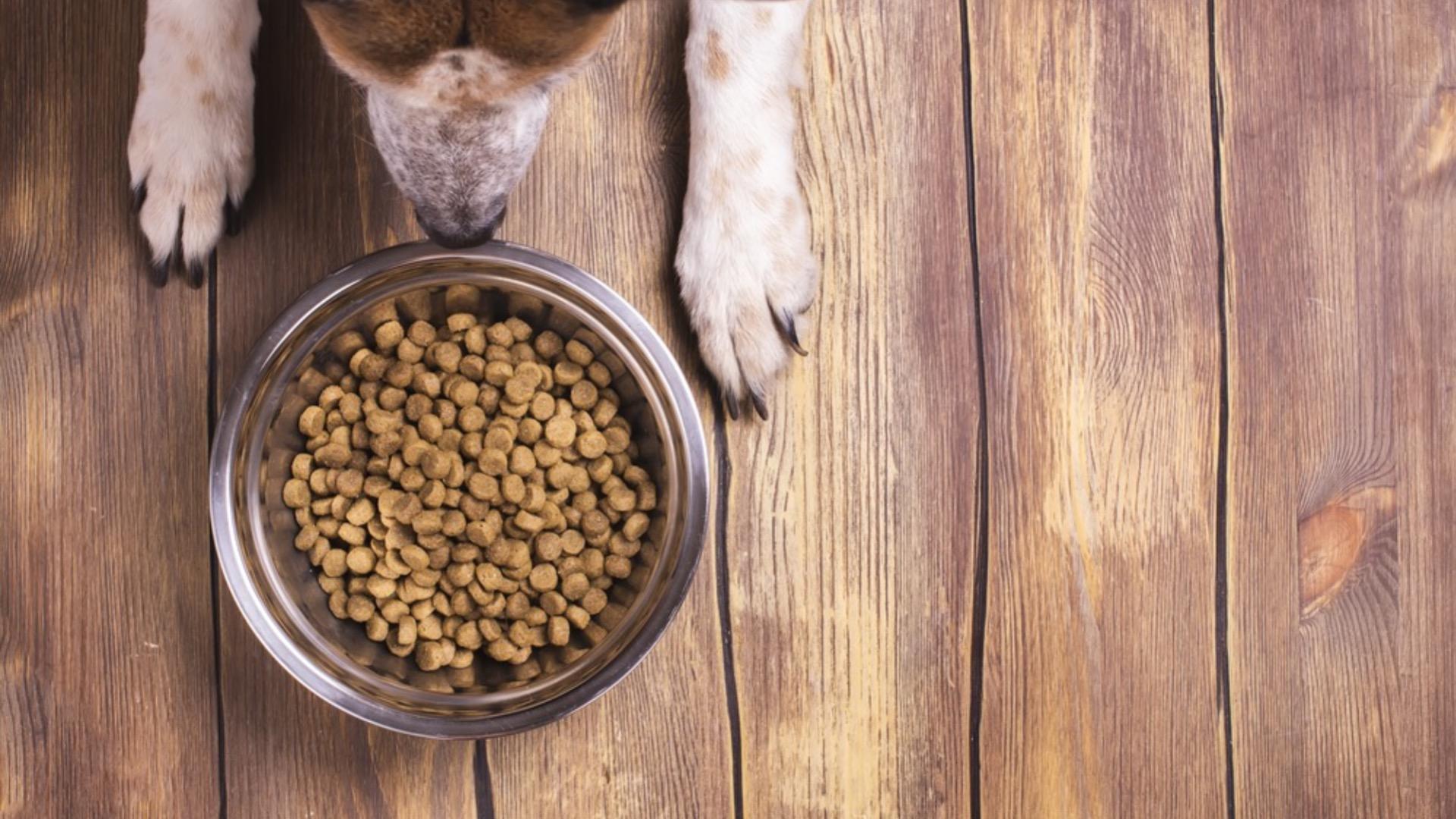
Dietary NeedsGeneral HealthDogs & Cats
Why Dry Food is Not Good for your Pets
May 19 2020
•
5 min read
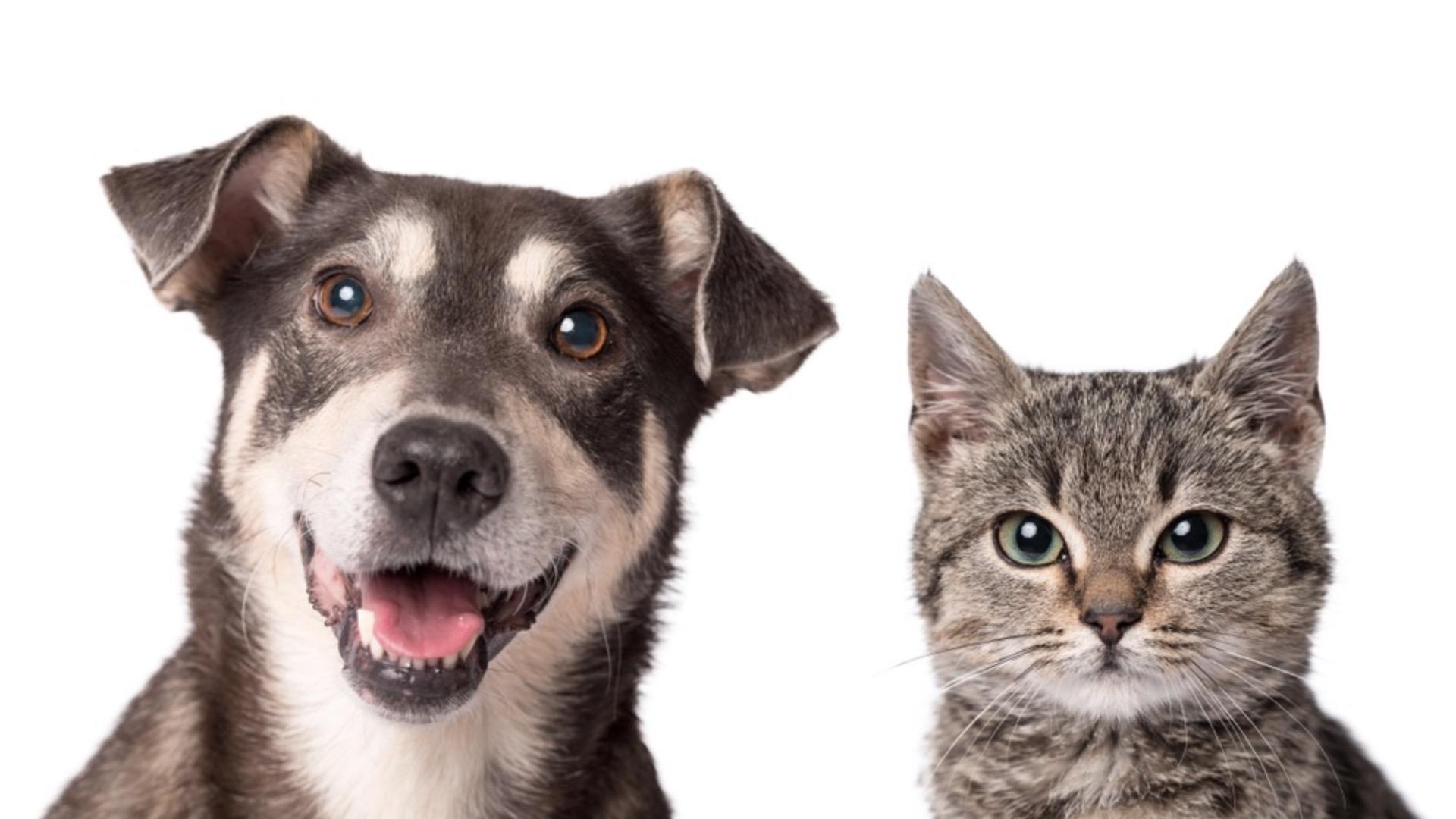
Dietary NeedsGeneral HealthDogs & Cats
Natural Flea and Worming Treatments
May 05 2020
•
7 min read
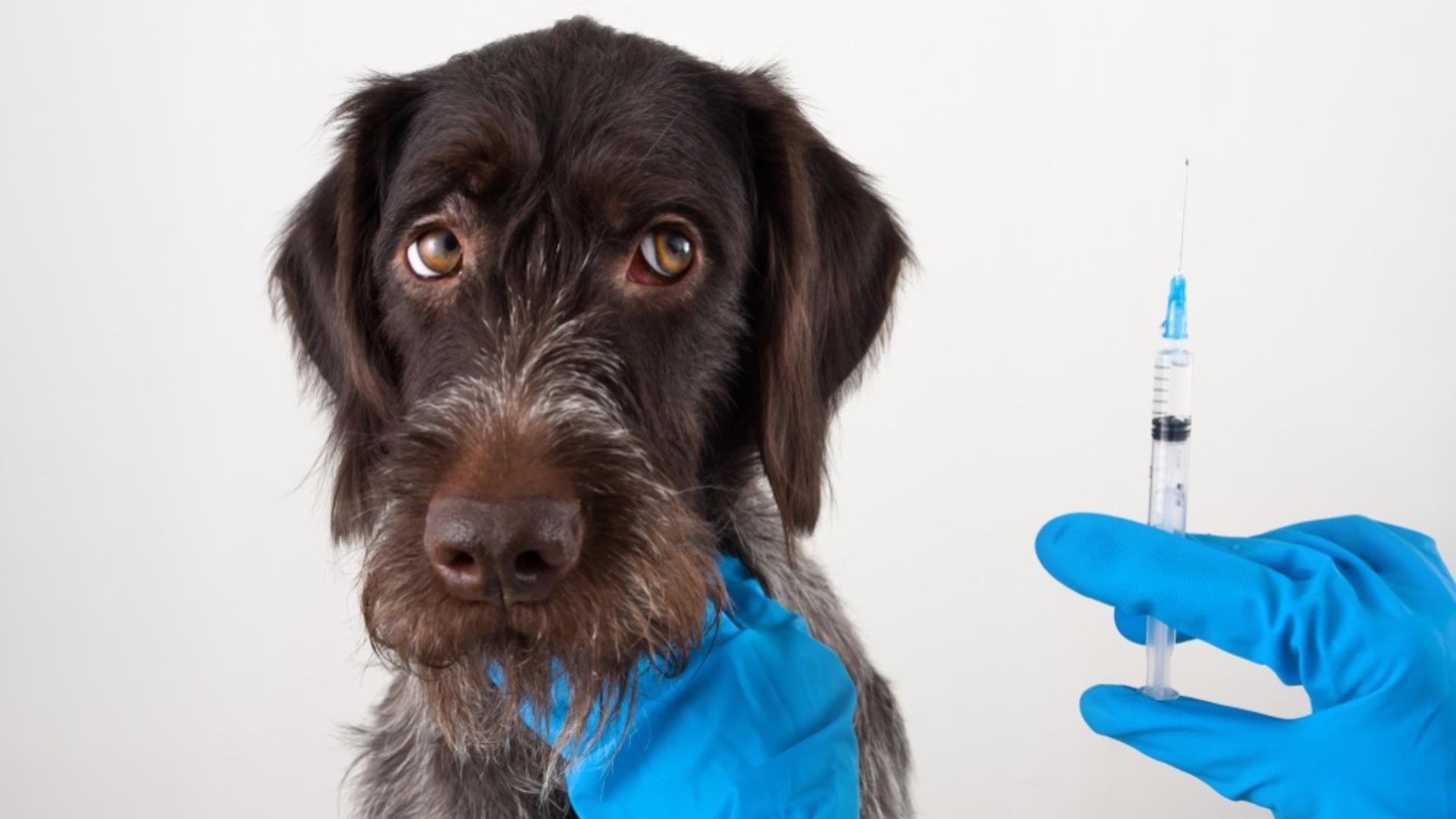
Dietary NeedsGeneral HealthDogs & Cats
Everything you Need to Know About Vaccinations
Apr 22 2020
•
7 min read

Dietary NeedsGeneral HealthDogs & Cats
Itchy cats and dogs naturally!
Jan 23 2020
•
7 min read
✕






